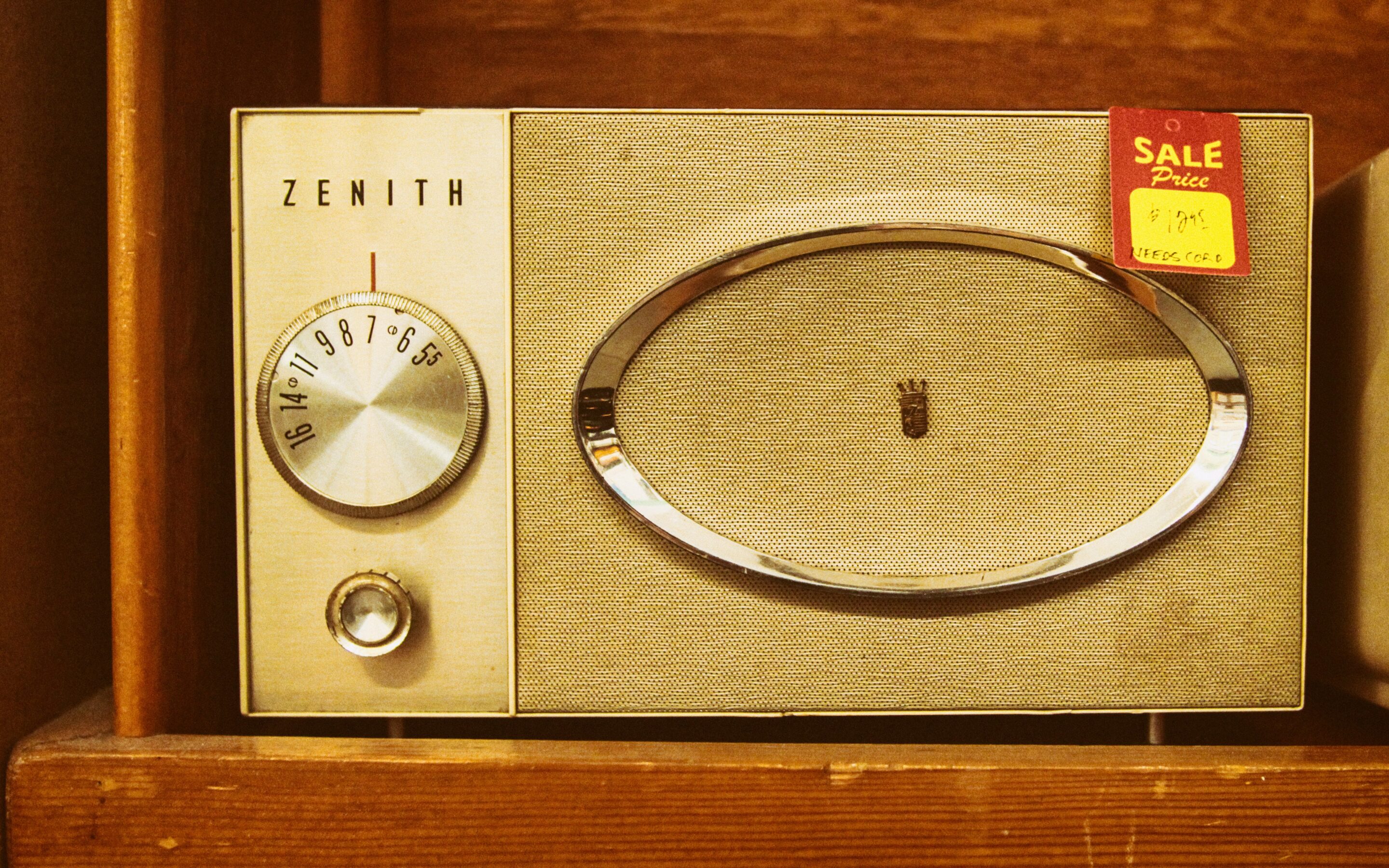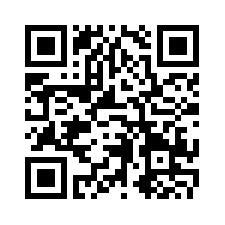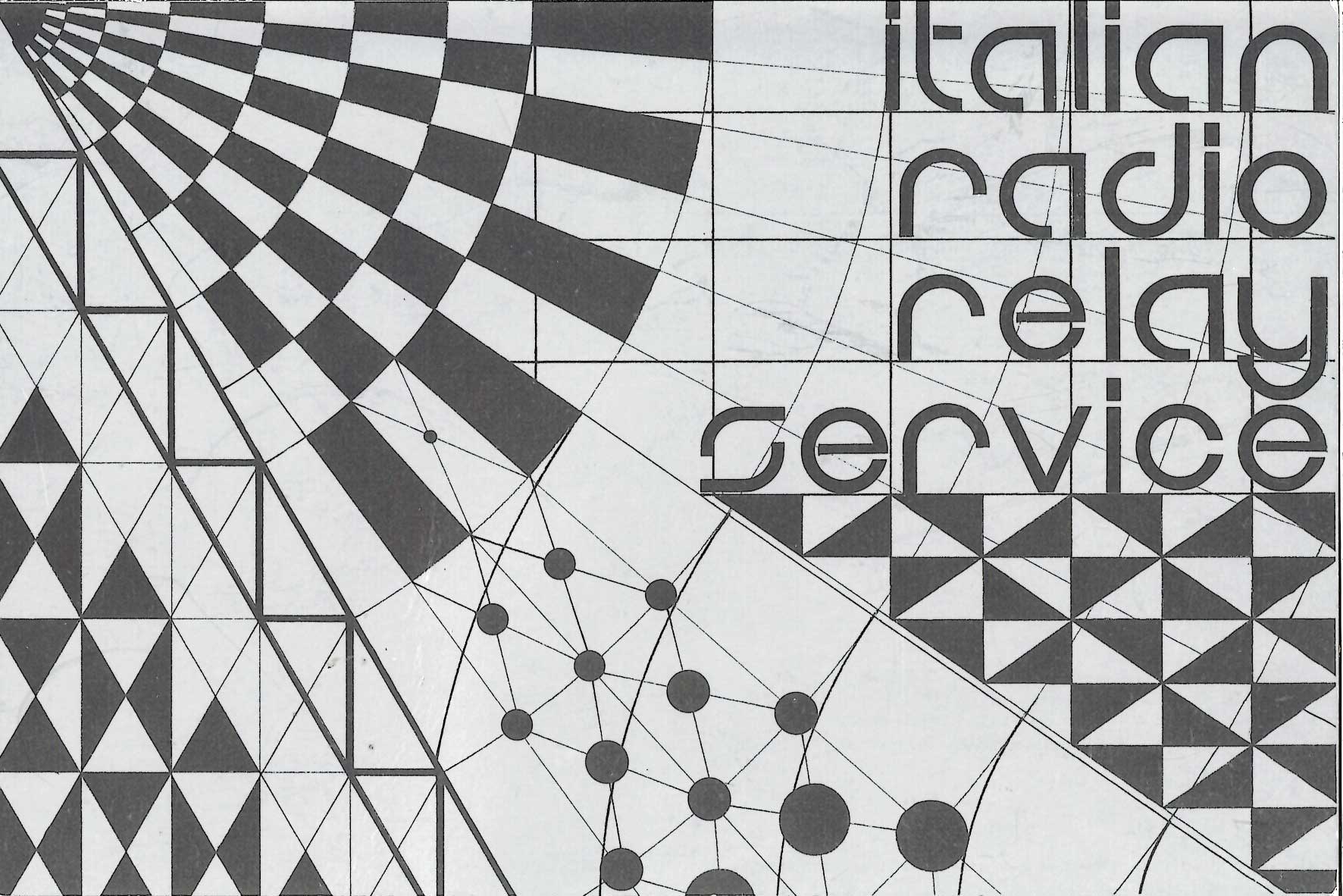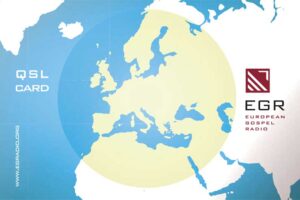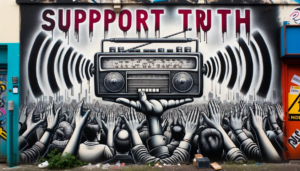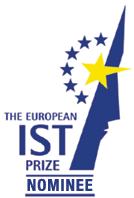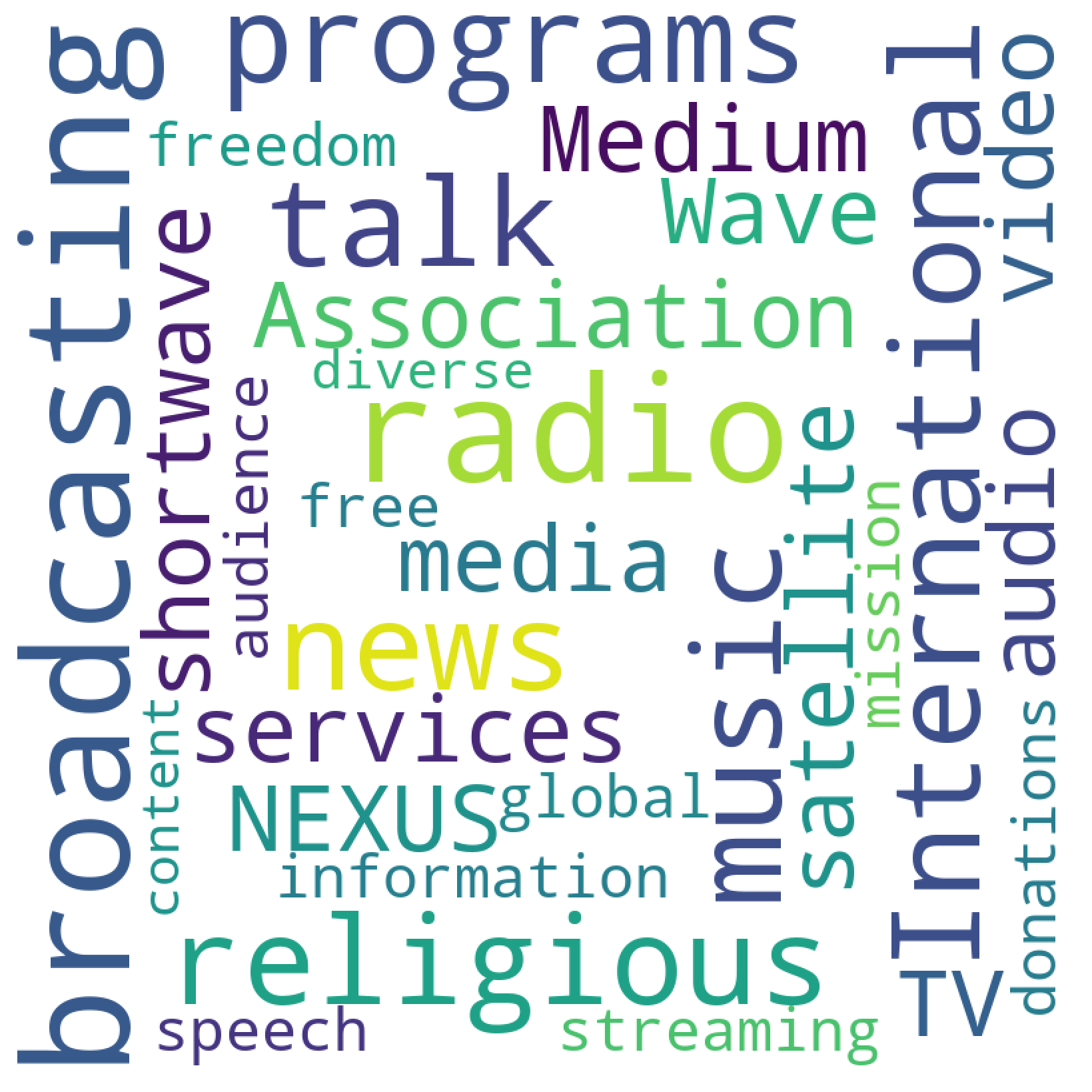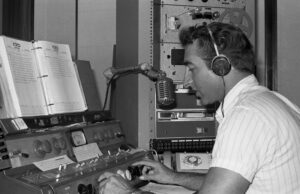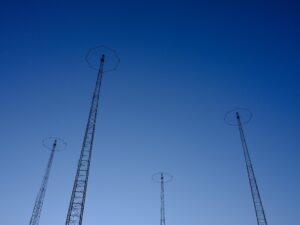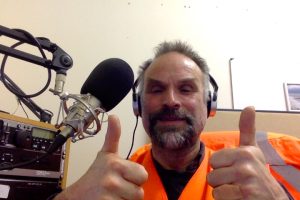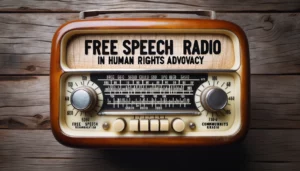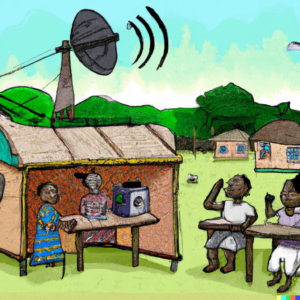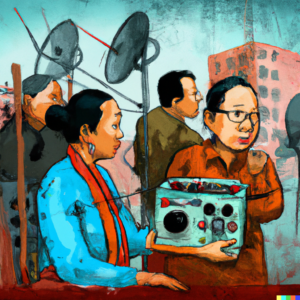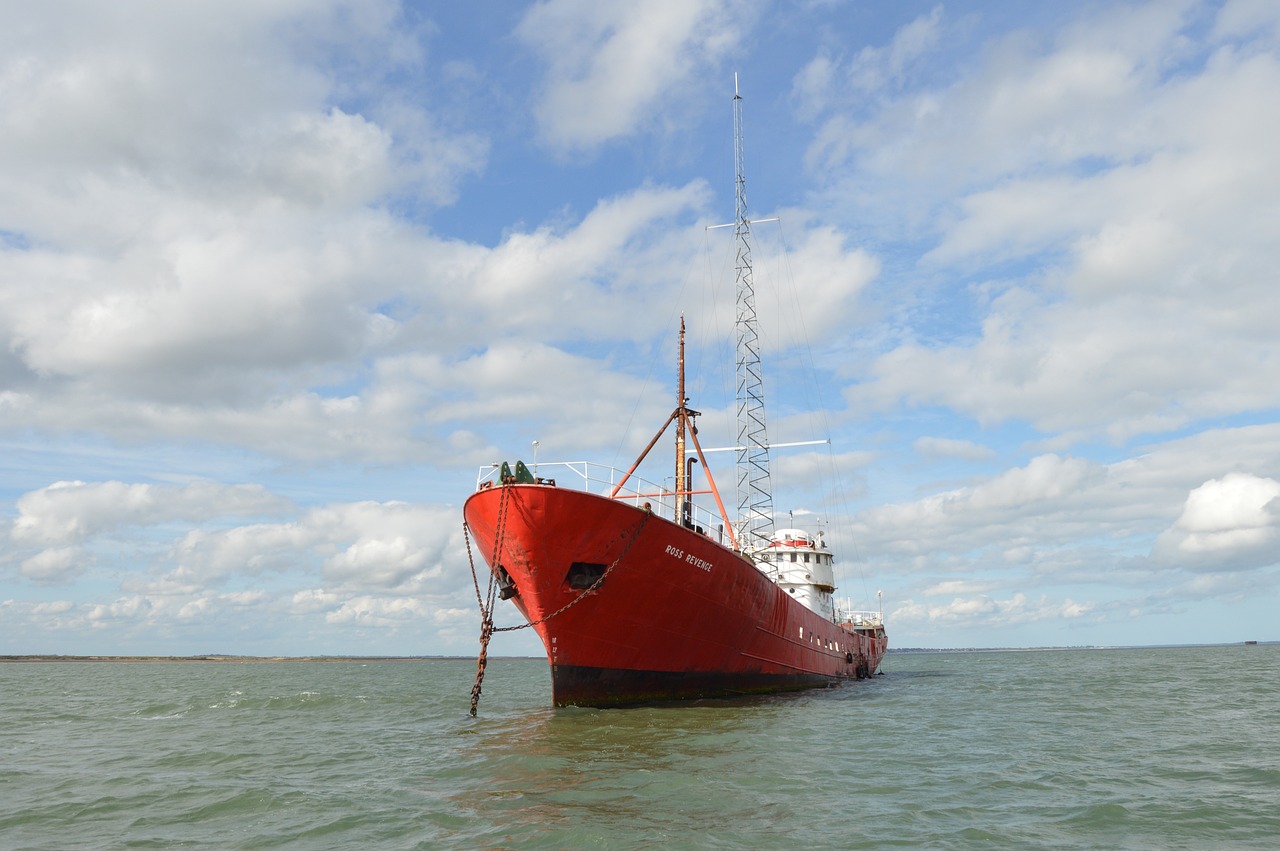
Legalize Your Broadcast: Pirate Radio’s Future with NEXUS-IBA and IPAR
Pirate Radio Broadcasting: Waves of Rebellion and Free Expression
Pirate radio broadcasting has long been the voice of the unrepresented, utilizing radio waves to break through the silence imposed by mainstream media. These broadcasters have historically leveraged the power of radio to disseminate alternative viewpoints, challenge societal norms, and provide a platform for musical genres otherwise ignored by the commercial airwaves. It’s a form of rebellion but also a profound expression of cultural and political identities.
The allure of pirate radio is undeniable. In the face of regulatory constraints, pirate broadcasters have consistently found ingenious ways to occupy the airwaves, often operating at the fringe of legality. This spirit of defiance and creativity has not only carved out spaces for marginalized voices.
Still, pirate radio broadcasting has also fundamentally challenged how we understand freedom of expression and the ownership of the electromagnetic spectrum. During the last 45 years of international broadcasting, NEXUS-IBA, IRRS, and IPAR have played a significant role in helping pirate radio program producers operate within legal frameworks on high-power, licenced radio transmitters.
The Evolution of Pirate Radio Broadcasting
The journey of pirate radio from its clandestine origins to a celebrated cultural phenomenon showcases a remarkable evolution marked by resilience and innovation.
From Clandestine Beginnings to Cultural Phenomenon
Pirate radio initially emerged from the shadows, an underground movement born out of necessity. Early broadcasters, lacking a license to broadcast, operated in secrecy, often at significant personal and financial risk. These trailblazers laid the groundwork for what would become a pivotal force in shaping music, culture, and politics. Pirate radio’s transition from these clandestine beginnings to a cultural phenomenon underscores its profound impact on society and its indomitable spirit.
The Influence of Pirate Radio on Music and Pop Culture
Pirate radio has been instrumental in shaping music and pop culture, introducing new genres and artists to broad audiences.
Pirate Radio’s Role in the Emergence of New Musical Genres
The influence of pirate radio on music cannot be overstated. In the UK, stations like Radio Caroline, Radio London and British Broadcasting Corporation’s Radio 1 played pivotal roles in the explosion of punk and electronic music. By providing an outlet for these new sounds, pirate radio broadcasters challenged the musical status quo and paved the way for entirely new musical genres. Their daring playlists and willingness to experiment with content have left an indelible mark on the musical landscape.
Memorable Moments in Pirate Radio History
From the audacious broadcasts of Radio Caroline off the British coast to the defiant stance of Radio North Sea International against governmental pressures, pirate radio history is filled with memorable moments. These acts of broadcast rebellion have not only entertained millions but have also symbolized the unyielding fight for freedom of expression and the right to communicate without interference.
The Technical Side of Pirate Radio
Launching a pirate radio station involves navigating both technical challenges and legal ramifications. While the allure of broadcasting unfettered content is vital, prospective unlicensed broadcasters must consider equipment, signal propagation, and the potential for government intervention. Understanding the technical intricacies is crucial for maintaining operations under the radar.
Setting Up Your Pirate Radio Station
As history shows, embarking on the pirate radio journey has always required ingenuity and caution. Be warned, though. The FCC in the USA and OFCOMM in the UK (and most other administrations in Europe and worldwide) are actively fighting pirate stations. The authorities quickly identify pirate radio and TV operators using direction finding and radio triangulation. Illegal (unlicensed) radio operators risk hefty fines and equipment seizing.
Essential Equipment and Legal Considerations
Setting up a pirate radio station necessitates essential equipment: transmitters, antennas, and audio devices. However, the legal landscape is fraught with challenges. Unlicensed broadcasters operate in a grey area, risking significant penalties. It’s imperative to weigh the desire to broadcast freely against the potential legal consequences.
Broadcasting Techniques and Signal Propagation
Effective pirate radio broadcasting hinges on mastering low-power FM (LPFM) transmission, AM (Medium Wave) or Shortwave radio operations and understanding the principles of radio propagation. The goal is to maximize reach while minimizing detection, a delicate balance that requires technical savvy and strategic planning. Knowledge of LPFM and signal behaviour is essential for successful radio broadcasting operations.
Pirate Radio Around the Globe
Pirate radio’s influence spans continents, reflecting a universal desire for free expression.
United Kingdom: From the High Seas to Underground
Pirate radio in the UK transitioned from the high seas to urban underground, driven by the need to evade the British government’s attempts to regulate radio and the frequency spectrum. Despite intense legal scrutiny, the resilience of these broadcasters underscores the enduring spirit of pirate radio in the face of adversity.
United States: Land-Based Unlicensed Broadcasts and Their Impact
The USA has seen its share of American pirate radio transmissions, often fueled by a desire for community representation or religious broadcasting. Despite the Federal Communications Commission‘s efforts to regulate radio, these unlicensed stations continue to serve niche audiences, cementing pirate radio’s place in the American mediascape.
The Cuban Connection: Political Propaganda and Pirate Broadcasts
Cuba’s use of pirate radio for political propaganda showcases the medium’s power in shaping ideologies and disseminating alternative narratives. These broadcasts have been pivotal in the island’s history, serving as a tool for government messaging and a means for dissent.
Mexico’s Border Blasters: Powerhouses of Pirate Radio
Mexico’s border blasters epitomize the influence of pirate radio on a grand scale. Operating with immense power, these stations were able to reach audiences well into the United States, challenging both legal boundaries and cultural barriers. Their legacy is a testament to pirate radio’s enduring ability to connect disparate communities.
Pirate Radio’s Struggle with Authorities
The dance between pirate radio broadcasters and regulating bodies has been long and complex. On one side, pirate radio stations have sought to utilize the airwaves in ways that challenge traditional broadcast norms, often filling gaps left by mainstream media. On the other, authorities, including the British Broadcasting Corporation and governmental regulatory agencies, have been tasked with maintaining order within the radio spectrum, leading to a series of crackdowns and legal battles to curtail unlicensed broadcasts.
Government Crackdowns and Legal Battles
Enforcement actions against pirate radio have often been dramatic, involving raids and the confiscation of equipment. These measures were not just about stopping the broadcast but served as a deterrent to others who might consider operating outside the legal framework of radio broadcasting.
Notable Raids and the Fight for Airwave Freedom
History is peppered with instances of authorities clashing with pirate radio stations. These raids have sometimes escalated, involving law enforcement agencies and dramatic confrontations. Behind these actions lies a fundamental struggle for the freedom of the airwaves, with pirate stations often arguing for a more open and less commercially driven use of radio waves, challenging the very fabric of broadcast regulation.
The Grey Area of Radio Piracy: Ethical and Legal Dilemmas
The ethics and legality of pirate radio broadcasting remain mired in controversy. While some argue that pirate stations infringe on licensed broadcasters’ rights and disrupt the orderly use of radio waves, others see them as champions of free expression and diversity in media. This dichotomy has sparked ongoing debate about balancing regulation and freedom on the airwaves, highlighting the complex interplay between innovation, law, and cultural expression.
Pirate Radio in the Digital Age
Pirate radio faces new challenges and opportunities as the digital revolution reshapes the media landscape. The internet has become a new kind of international waters off the coast of traditional broadcasting, offering pirate stations unprecedented reach and anonymity. This shift has prompted reevaluating what it means to be a pirate broadcaster, as the digital realm provides both a haven and a new frontier for unlicensed broadcasting.
Transitioning from Airwaves to Online Streaming
The move from analogue to digital has opened up new avenues for pirate radio to thrive.
The Future of Pirate Broadcasting in an Internet-Dominated World
In a world dominated by the internet, pirate radio broadcasters are finding innovative ways to continue their mission. Digital audio streaming platforms offer the ability to reach a global audience without the geographical and regulatory limitations of traditional radio. However, this also means navigating a new landscape of digital rights management and online surveillance, presenting challenges and opportunities for the future of pirate broadcasting.
How Pirate Radio Survives and Thrives with New Technologies
New technologies have not only facilitated the transition of pirate radio into the digital realm but have also enabled these broadcasters to innovate. From using encrypted streams to harnessing social media for broader reach, pirate stations continue to adapt, ensuring their survival and relevance. The spirit of pirate radio, characterized by resilience and a do-it-yourself ethos, thrives as it leverages these new technologies to continue challenging conventional broadcasting norms.
A Legacy That Continues to Inspire
The indomitable spirit of pirate radio broadcasters has left an indelible mark on the landscape of media and free expression. Despite legal challenges and technological shifts, the essence of pirate radio—challenging authority, pioneering new content, and providing a voice for the voiceless—continues to inspire new generations of broadcasters worldwide.
Pirate Radio’s Lasting Impact on Free Speech and Innovation
The legacy of pirate radio is profound. The impact of pirate radio on free speech and innovation is immeasurable. It has been a platform for uncensored expression and a catalyst for musical and cultural evolution. Pirate radio challenged the status quo, giving a voice to the marginalized and pioneering genres that mainstream channels ignored. This legacy inspires modern broadcasting, underscoring the importance of diversity in media and the relentless pursuit of creative freedom. Pirate radio’s history is a testament to the enduring power of unfiltered communication and its role in fostering innovation.
Celebrating the Icons of Pirate Radio Broadcasting
Icons of pirate radio broadcasting, from the daring broadcasts in San Francisco during the 1960s like Pirate Cat Radio to those engaging in secret and unlicensed land-based transmissions, have been tagged as pirates for their bold defiance of regulatory norms. These individuals and their community radio stations have played a pivotal role in shaping the modern media landscape, pushing the boundaries of what is possible in broadcasting and ensuring that diverse voices find a platform.
The Unstoppable Spirit of Pirate Broadcasters
The spirit of pirate broadcasters remains unstoppable. Fueled by a passion for free expression and a commitment to innovation, these individuals continue to navigate the evolving media landscape. Their resilience in the face of adversity and unwavering dedication to broadcasting without a valid license illustrate pirate radio’s enduring appeal and importance as a symbol of resistance and creativity.
Charting New Horizons in Pirate Radio Broadcasting
The future of pirate radio broadcasting is boundless, with new technologies and shifting cultural landscapes offering fresh opportunities for growth and innovation. As pirate operations continue to evolve, they challenge traditional notions of broadcasting, pushing the industry towards more inclusive and diverse practices. From low-power broadcasting to the utilization of border blasters, pirate radio is charting new horizons, ensuring its undying legacy in the annals of radio history.
NEXUS-IBA: A New Dawn for Pirate Radio Broadcasters
In the evolving landscape of pirate radio broadcasting, the NEXUS-International Broadcasting Association (NEXUS-IBA) emerges as a beacon for broadcasters seeking a legal foundation for their operations. Through its International Public Access Radio (IPAR) program, NEXUS-IBA offers an unparalleled opportunity for small content producers and pirate radio operators to broadcast their programs on licensed channels. This initiative ensures broadcasters can air their content worldwide on Shortwave and Europe on AM/Medium Wave, thus legitimizing their operations while preserving their essence.
The IPAR Initiative: Revolutionizing Pirate Radio
The IPAR (International Public Access Radio) initiative by NEXUS-IBA represents a groundbreaking approach to reconciling the adventurous spirit of pirate radio with the need for legal compliance. This program provides a platform for these broadcasters to exercise their hobby globally and protects them by operating within legal, licensed parameters. By offering heavily reduced rates, IPAR ensures that broadcasting is accessible to all, regardless of their resources. This initiative is a testament to NEXUS-IBA’s commitment to free speech, information freedom, and the democratization of broadcasting.
From Pirates to Pioneers: Success Stories
Many former pirate radio operators like EMR and SWR have found a new home with NEXUS-IBA, transforming their once-clandestine operations into fully licensed broadcasts. For instance, broadcasters who were once airing from hidden locations now proudly broadcast through IRRS (the Italian Radio Relay Service), a channel under NEXUS-IBA, reaching listeners across the globe without fear of legal repercussions. These success stories highlight the transformative potential of IPAR, showcasing how pirate radio enthusiasts can become pioneers of legal, international broadcasting.
The legacy of pirate radio is a testament to the power of innovation, resilience, and the human desire for free expression. Despite opposition from the British and US regulators and other national authorities, pirate broadcasters have continued pushing the radio spectrum’s boundaries, influencing pop music and shaping pirate radio broadcasting in Europe and the USA into a symbol of rebellion. Their ability to adapt and thrive, from the North Sea to the digital realm, underscores the enduring significance of pirate radio in challenging the status quo and redefining the possibilities of broadcasting.
NEXUS-IBA does not encourage, support, or promote pirated radio or unlicensed broadcasting. Check how to legalize your pirate radio broadcast by joining NEXUS-IBA’s International Public Access Radio (IPAR) program. Also, check our IPAR promotions.

